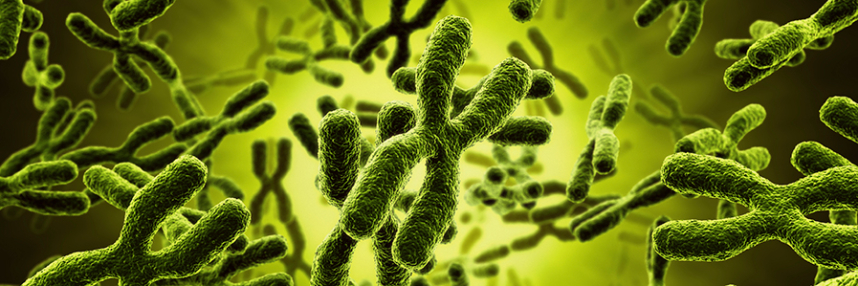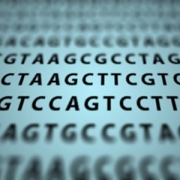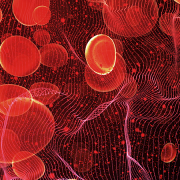Sequencing the Y chromosome – five things we now know
After years of research, a fully annotated sequence of the human Y chromosome has been published. We celebrate this breakthrough with a few key facts
The Y chromosome, one of the two human sex chromosomes, has been a tricky beast to sequence due to its complex structure. However, researchers have announced that a complete and fully annotated sequence of the Y chromosome has finally been published for inclusion in reference genomes.
A breakthrough in sequencing the Y chromosome
It was only a few years ago that scientists only had half a picture of the complex Y chromosome and were still trying to piece together a complete sequence of it. Researchers working as part of the Telomere-to-Telomere (T2T) consortium – an international collaboration to comprehensively sequence all regions of the human genome – have now published their results in Nature.
To celebrate this accomplishment, here are five things you might not know about this famous piece of DNA:
- It is difficult to fully sequence because it contains some regions that are highly repetitive and very densely packed.
- The Y chromosome is one of the smallest in the human genome, and it contributes less than 1% of a man’s nuclear DNA. It contains only 107 protein-coding genes, most of which are linked to male development.
- The size of the Y chromosome varies a great deal between men, according to another recent Nature paper. The Y chromosomes of 43 men were found to vary between 45 and 85 million base pairs, meaning that some Y chromosomes are almost twice as long as others. Y is the fastest evolving chromosome in humans, which may be why these differences have accumulated.
- In general, the sex characteristics of a fetus are determined by the presence or absence of a Y chromosome, rather than the number of X chromosomes. One of the genes on the Y chromosome is SRY, which switches on several key genes that initiate development of male characteristics in a fetus. People who inherit a Y chromosome without SRY will not develop testes, and often appear female, although they do not normally have functioning ovaries.
- The Y chromosome can be lost in some cells, with surprising effects on health. As men get older, blood-producing stem cells can lose their Y chromosomes, which leads to a lack of a Y chromosome on the blood cells that they produce. This is a form of clonal haematopoiesis and has been linked to an increased risk of developing heart problems. There is also evidence that the Y chromosome can be lost in some types of cancer cells, including up to 40% of bladder cancers in male patients. This loss seems to help the cells evade the body’s immune system, but could also mean that some types of targeted therapies are more effective for these patients.
Looking to the future
Now that a complete reference genome is available, researchers are ready to examine the effects that variants in these non-coding regions have on an individual. The T2T consortium are already considering what experiments can be designed to test the impact and function of these previously unexplored parts of the Y chromosome.









